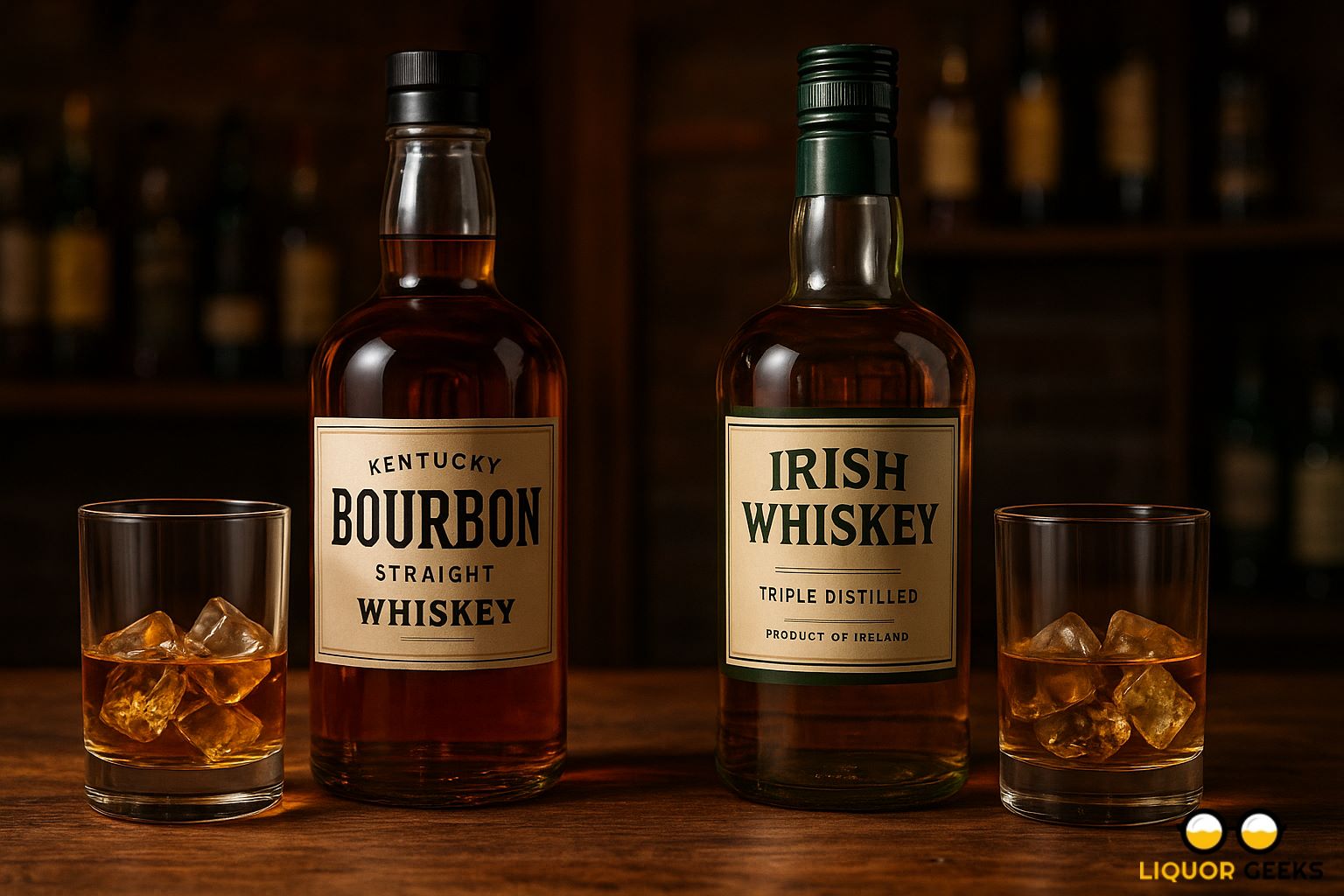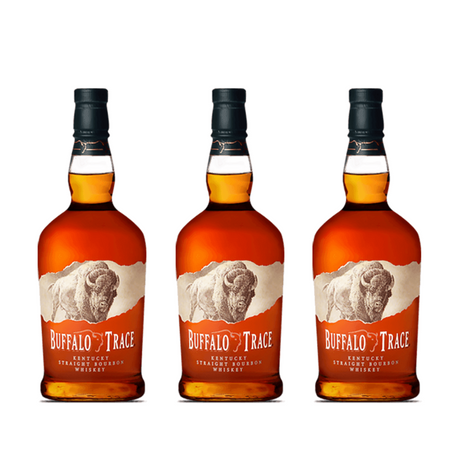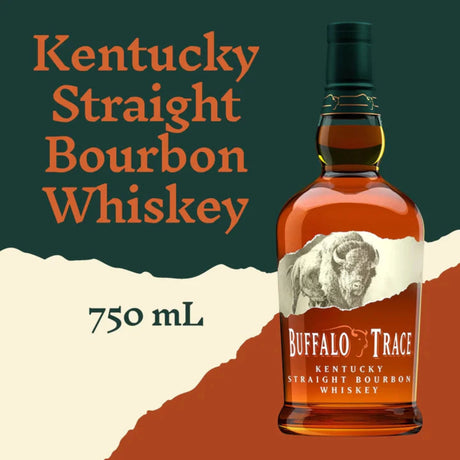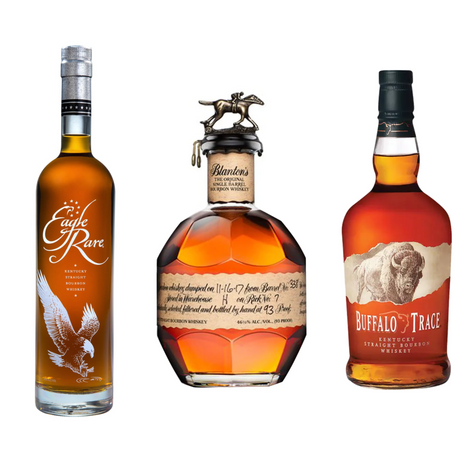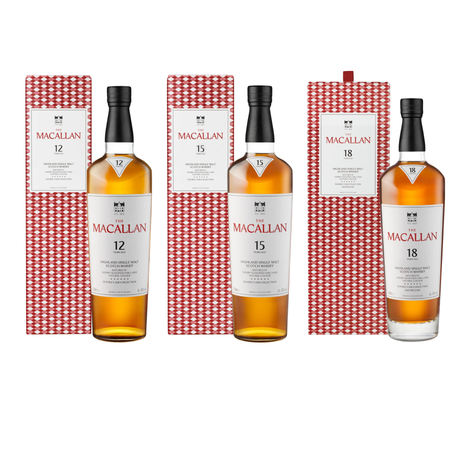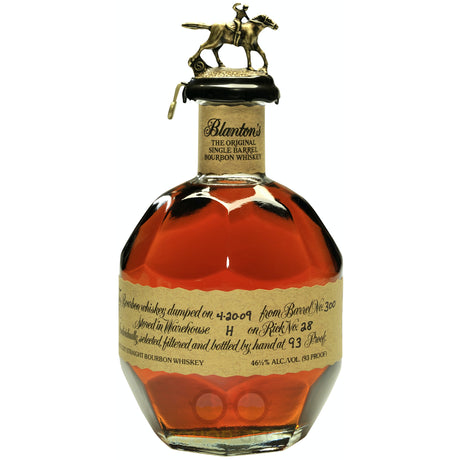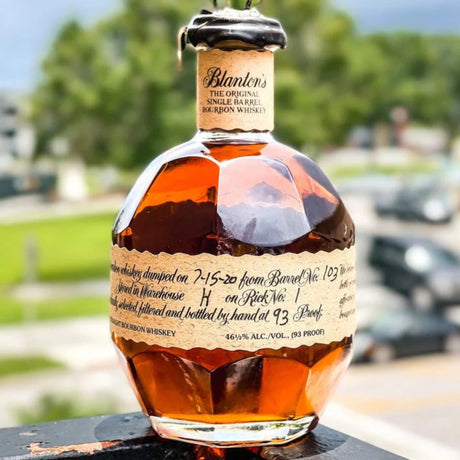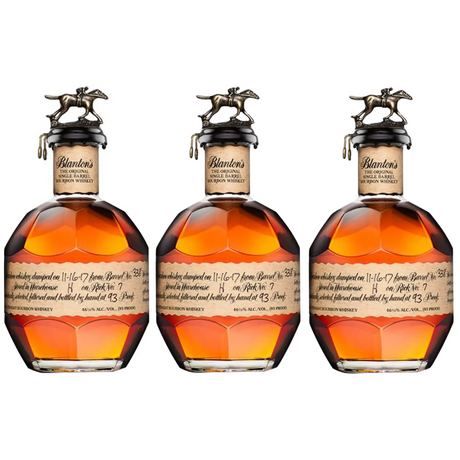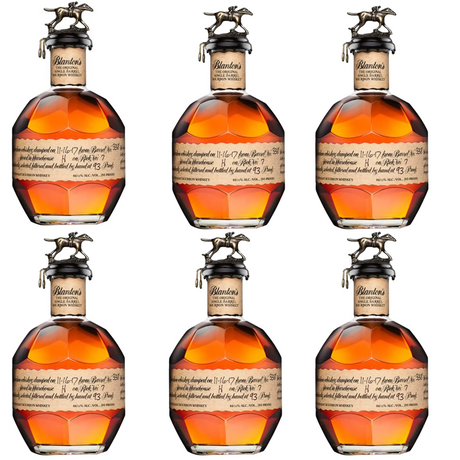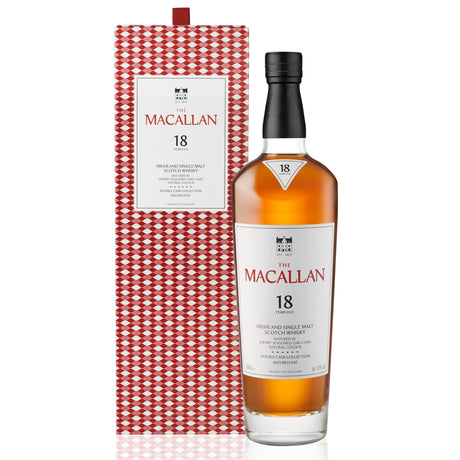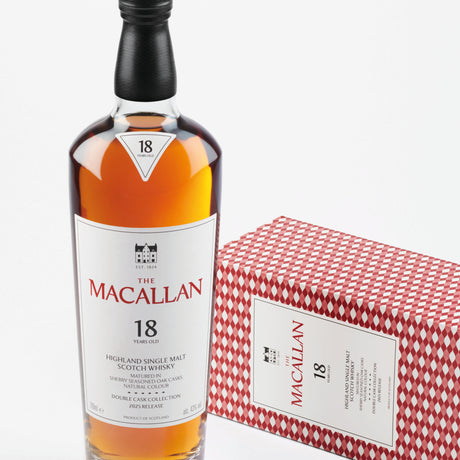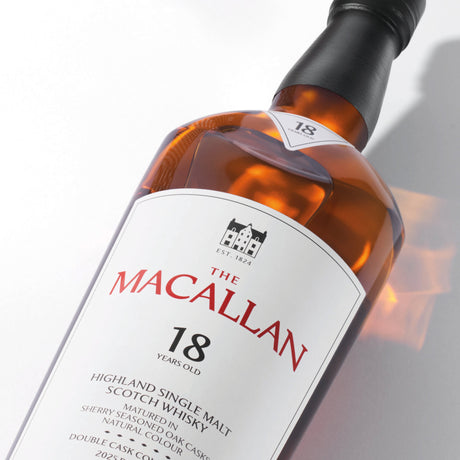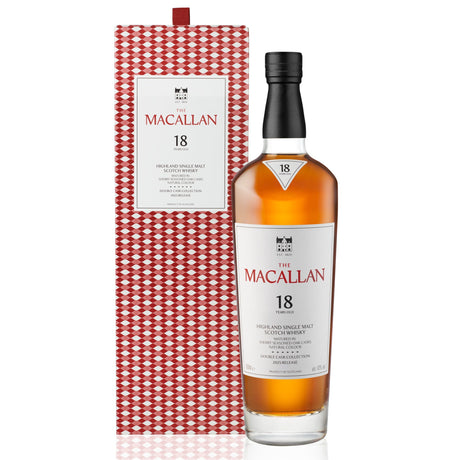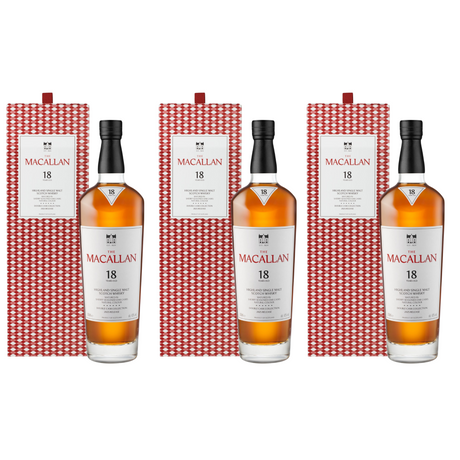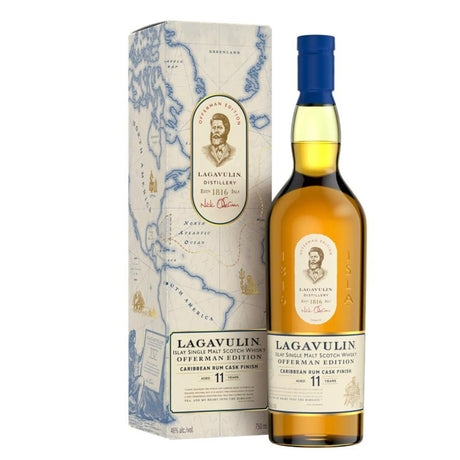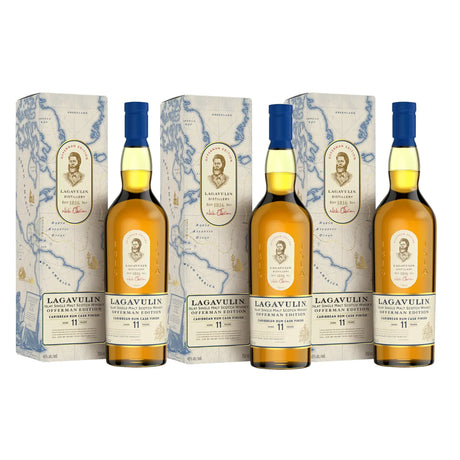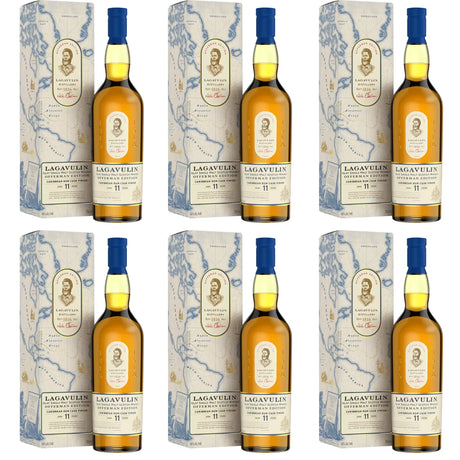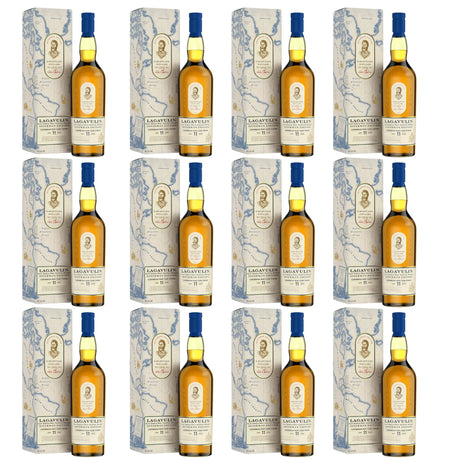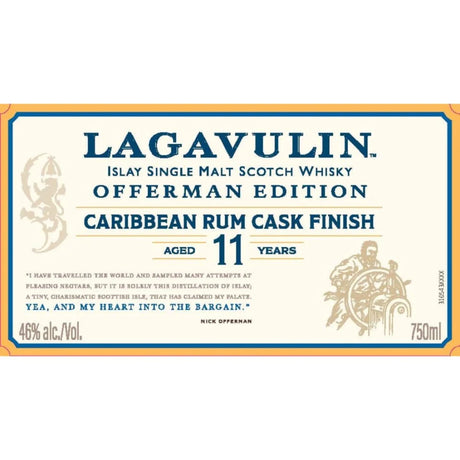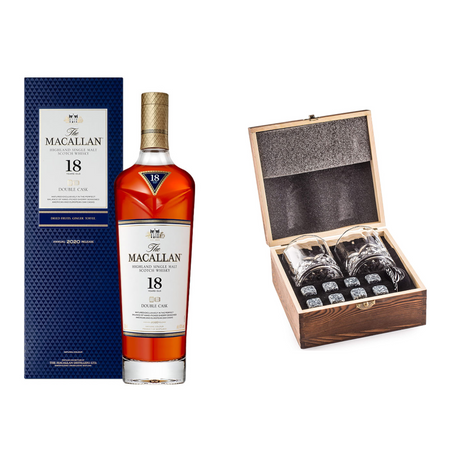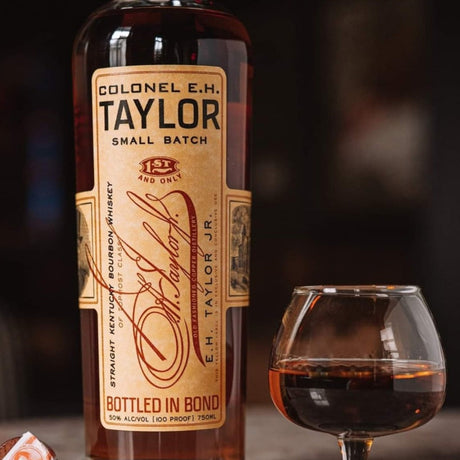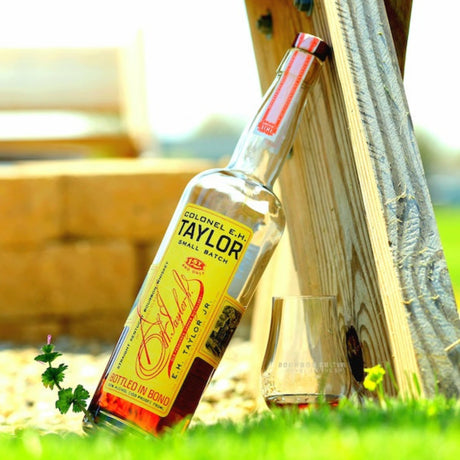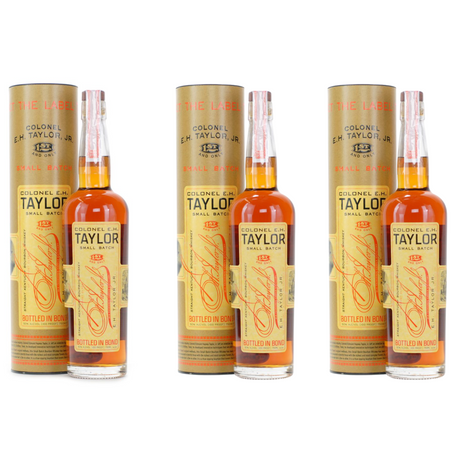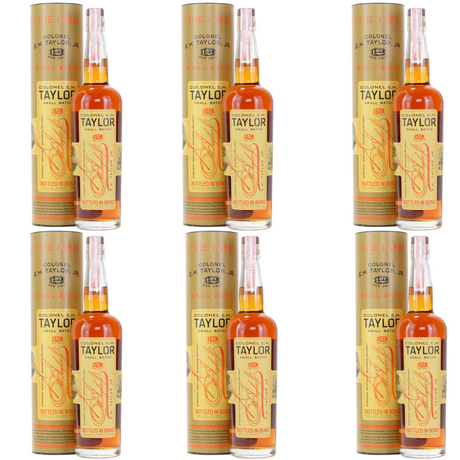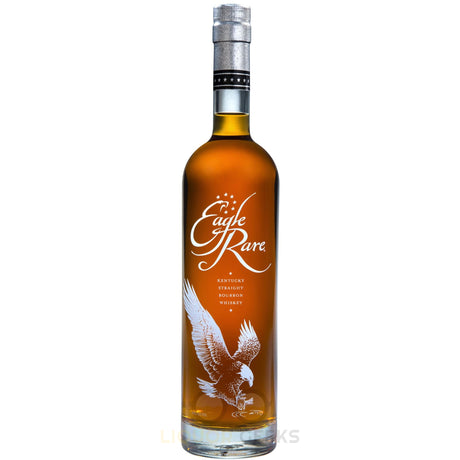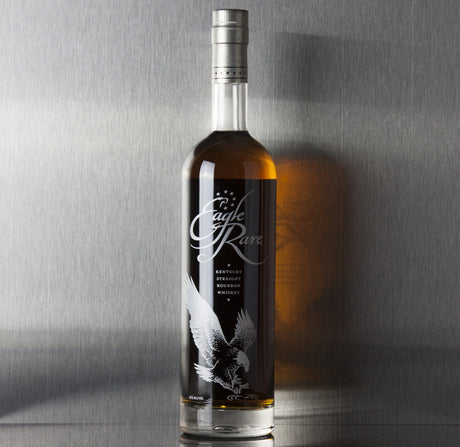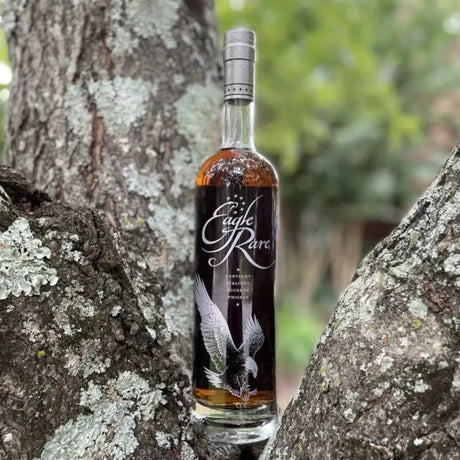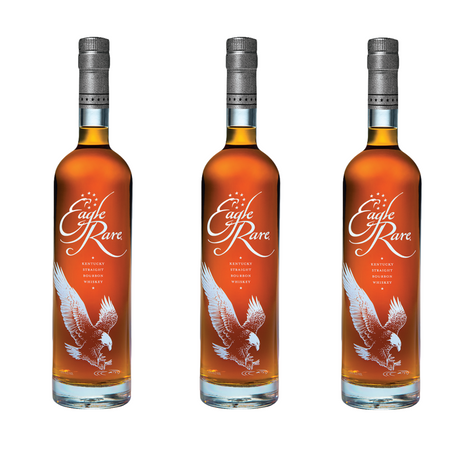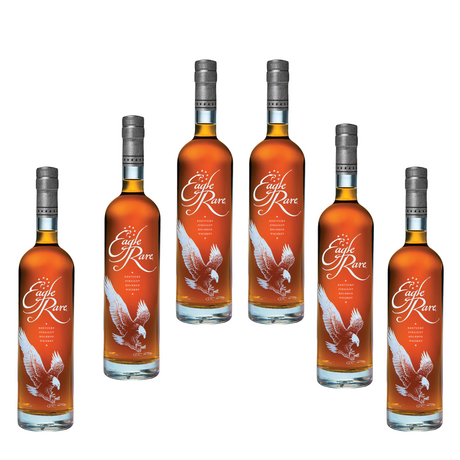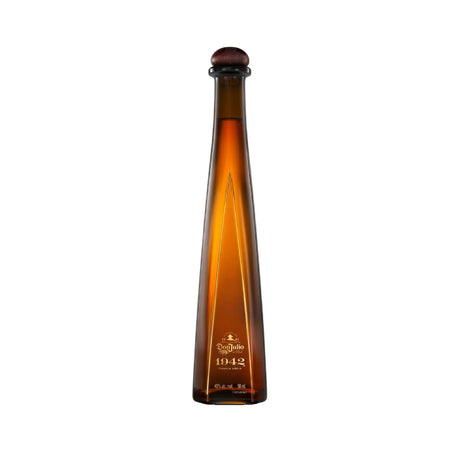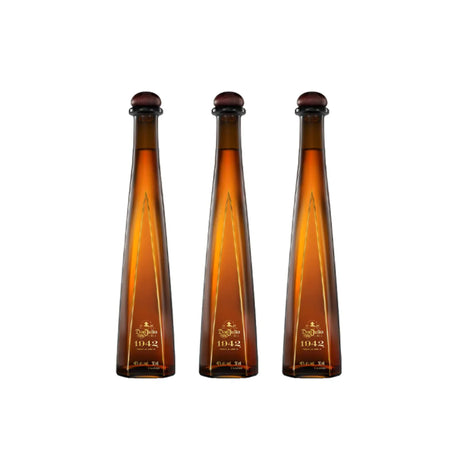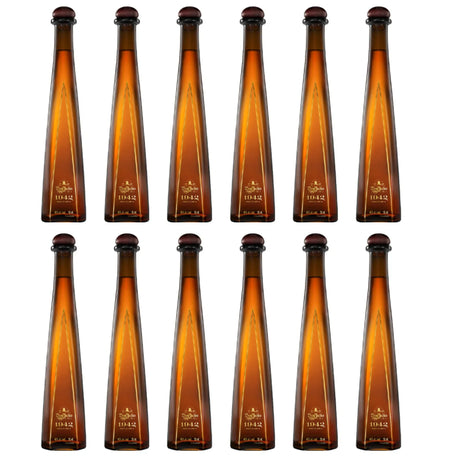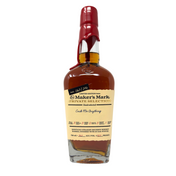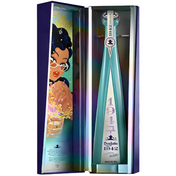If you’ve ever stood in front of a whiskey shelf scratching your head, you’re not alone. Bourbon and Irish whiskey may both be golden in color and warming to the soul, but they come from very different traditions. So, what exactly sets them apart? From their ingredients and distillation methods to where and how they’re aged, these two whiskies (yes, even the spelling is a clue!) carry centuries of culture and craftsmanship in every sip.
Here, we’ve highlighted the main differences in the Bourbon vs. Irish Whiskey debate to help you understand them better. Let’s begin where it all started: the misty hills of Ireland.
What Is Irish Whiskey?
Irish whiskey is one of the oldest spirits in the world, dating back to the 12th century. Over time, it has developed a reputation for being smooth, approachable, and perfect for both newcomers and seasoned drinkers. Irish whiskey contains 40% ABV (alcohol by volume), which is standard for most distilled spirits.
Key characteristics:
- Distilled and aged exclusively in Ireland
- Made using barley-either malted, unmalted, or a combination
- Typically triple-distilled, making it lighter in texture
- Aged in used oak barrels for a minimum of three years
- Known for its soft, fruity, and floral flavor
In recent years, brands like Whistler Irish Whiskey have brought fresh innovation to the scene, offering aged mixtures and cask-finished varieties that suit modern palates.
Another unique entry is Dublin Ink Irish Whiskey, which combines traditional Irish smoothness with bold bottle design and a rich, full-bodied flavor. For those exploring a variety of styles, the broader Irish whiskey category remains an exciting space for discovery.
What is Bourbon Whiskey?
Bourbon whiskey is an iconic American spirit defined by strict production rules, a rich history, and a signature sweetness rooted in its corn-heavy mash. Most bourbon whiskeys are bottled at 40% to 50% ABV (alcohol by volume), with some cask-strength varieties reaching over 60%.
To be labeled bourbon, it must:
- Made in the United States
- Use a mash bill that’s at least 51% corn
- Be aged in new, charred oak barrels
- Contain no added colors or flavors
- Be distilled to no more than 160 proof
Bourbon’s deep amber color and signature sweetness come from that unique aging. If you're looking to explore the category, start with popular labels like Blantons Bourbon Whiskey, a brand revered for its single-barrel craftsmanship.
For a smoother everyday option, Ezra Brooks Bourbon Whiskey delivers easy sipping with just a hint of spice.
Top 5 Differences between Bourbon and Irish Whiskey
Here are five major contrasts between Bourbon vs. Irish Whiskey :
1. Grains and Flavor Profiles
A key factor in the Bourbon and Irish Whiskey taste is the grain used. Bourbon must contain at least 51% corn, giving it a sweet, full-bodied profile with notes of caramel, vanilla, and oak. Small batch bourbon often offers deeper character through limited production.
Irish whiskey, made from malted or unmalted barley, delivers a lighter, smoother taste. Its clean, fruity, and floral finish makes it ideal for neat sipping or mild cocktails.
2. Distillation Process
Another defining feature is how each spirit is distilled. Irish whiskey is usually triple-distilled, a method that removes heavier compounds and results in a softer, more refined mouthfeel. This process enhances its gentle, floral notes and contributes to the clean finish Irish whiskey is known for.
In contrast, bourbon is typically distilled twice, allowing more of the natural grain and fermentation character to remain. This leads to a fuller texture and bolder taste, making bourbon feel more robust in comparison.
3. Barrel Type
Barrel aging plays a significant role in shaping the flavor of any whiskey. Bourbon must legally be aged in new, charred American oak barrels. The fresh oak and heavy char give it rich notes of vanilla, caramel, and spice, and also contribute to its deep amber color.
Irish whiskey, however, is aged in used barrels, often ex-bourbon or sherry casks. This gentler maturation process introduces more delicate, layered flavors like dried fruit, nuts, or subtle wine-like sweetness, depending on the cask’s origin.
4. Legal Production Zone
Geography matters too. Bourbon is deeply tied to American law; it must be produced in the United States to be labeled as bourbon, with most production centered in Kentucky. These strict guidelines help maintain consistency in quality and identity.
Irish whiskey must be made in Ireland, and its production is regulated to preserve traditional methods. These regional rules give each spirit a sense of place and authenticity, grounding their identities in history and national pride.
5. Peat Influence and Smoke
While not present in every bottle, smoke and peat influence can be a subtle yet distinct feature in some Irish whiskeys. Some Irish whiskeys, particularly those made with peated barley, carry earthy, smoky notes reminiscent of traditional old-world methods. Though less common than in Scotch, these elements offer a distinct layer of complexity.
Bourbon, in contrast, rarely has smoke from the grain itself. Instead, any smoky flavor usually comes from the charred oak barrels, which add rich, toasted, and caramel-like notes. Rather than the earthy smoke of peated Irish whiskey, bourbon’s smoky hints tend to feel warmer and more wood-driven.
Which One Tastes Better for You?
Taste is where it all comes together. The bourbon vs irish whiskey taste comparison isn't about which one is objectively better; it’s about finding what suits your own palate.
If you enjoy lighter, smoother flavors, Irish whiskey is a great starting point. Aged in a combination of bourbon and sherry casks, Whistler Irish Whiskey showcases this classic profile, offering a delicate balance of sweet grains and a clean finish that’s ideal for sipping or mixing.
For a slightly fuller experience while staying within the Irish whiskey category, try a mix like Dublin Ink Irish Whiskey. It combines grain and malt whiskey, distilled in copper pot stills, then matured in oak barrels to develop light spice, toasted cereal, and mild vanilla. The grain gives it a crisp texture, while the pot still element adds body. Served in a highball, it maintains brightness without losing depth.
On the bourbon side, if you prefer richer and more robust flavors, look for whiskeys prepared from corn-heavy mash bills. A good example is Bib and Tucker Small Batch Bourbon Whiskey, which uses about 70% corn, with rye and malted barley making up the rest. Aged for six years in new, heavily charred American oak barrels, it delivers layered notes of toffee, cinnamon, and roasted nuts, making it a flavorful pour that’s best enjoyed slowly.
Conclusion
The bourbon vs irish whiskey conversation isn’t about picking sides; it’s about understanding and appreciating how history, geography, and craft come together in a glass. At Liquor Geeks, we make this journey even more exciting. Whether you’re new to whiskey or a seasoned enthusiast, our curated selection and expert insights help you discover the unique character of every bottle. So, start shopping now!

